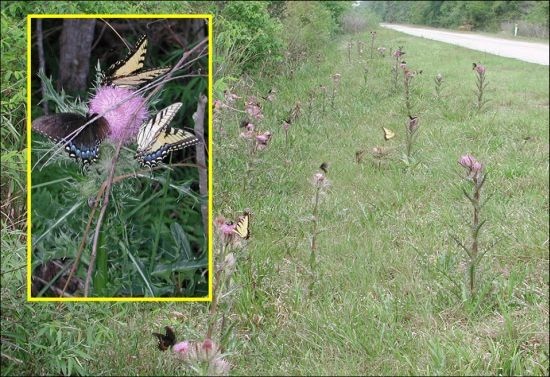Adaptations to “Thermal Time” Constraints in Papilio: Latitudinal and Local Size Clines Differ in Response to Regional Climate Change
Abstract
Share and Cite
Scriber, J.M.; Elliot, B.; Maher, E.; McGuire, M.; Niblack, M. Adaptations to “Thermal Time” Constraints in Papilio: Latitudinal and Local Size Clines Differ in Response to Regional Climate Change. Insects 2014, 5, 199-226. https://doi.org/10.3390/insects5010199
Scriber JM, Elliot B, Maher E, McGuire M, Niblack M. Adaptations to “Thermal Time” Constraints in Papilio: Latitudinal and Local Size Clines Differ in Response to Regional Climate Change. Insects. 2014; 5(1):199-226. https://doi.org/10.3390/insects5010199
Chicago/Turabian StyleScriber, J. Mark, Ben Elliot, Emily Maher, Molly McGuire, and Marjie Niblack. 2014. "Adaptations to “Thermal Time” Constraints in Papilio: Latitudinal and Local Size Clines Differ in Response to Regional Climate Change" Insects 5, no. 1: 199-226. https://doi.org/10.3390/insects5010199
APA StyleScriber, J. M., Elliot, B., Maher, E., McGuire, M., & Niblack, M. (2014). Adaptations to “Thermal Time” Constraints in Papilio: Latitudinal and Local Size Clines Differ in Response to Regional Climate Change. Insects, 5(1), 199-226. https://doi.org/10.3390/insects5010199




